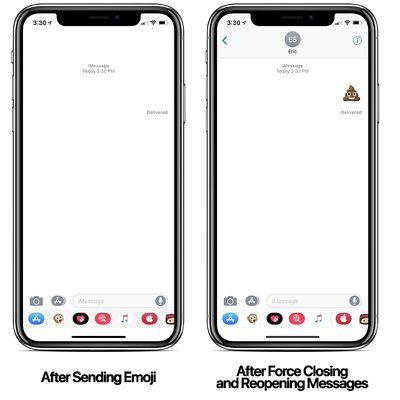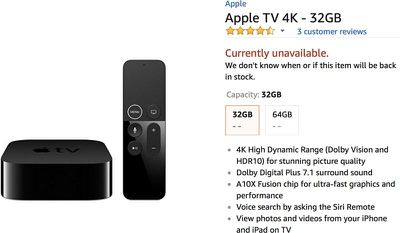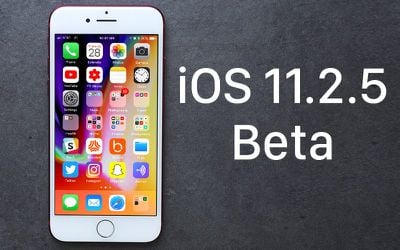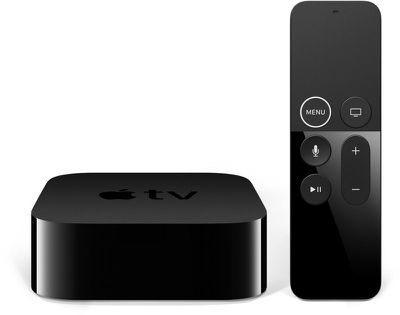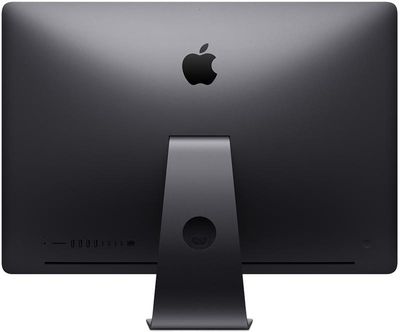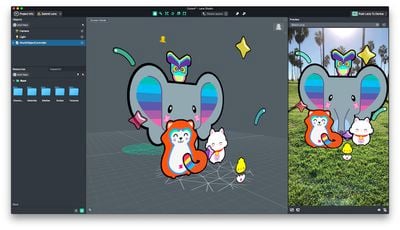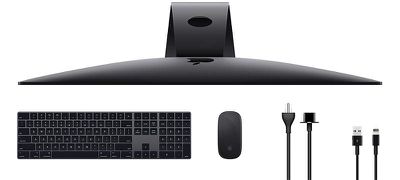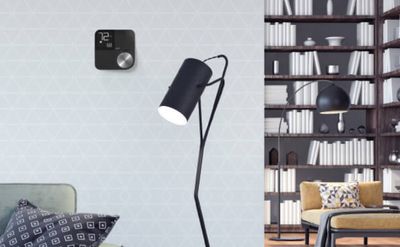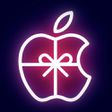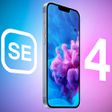With the iMac Pro release dominating headlines on Thursday, we want to highlight that Apple also reiterated some other exciting news for pro customers: a modular Mac Pro is in the works.
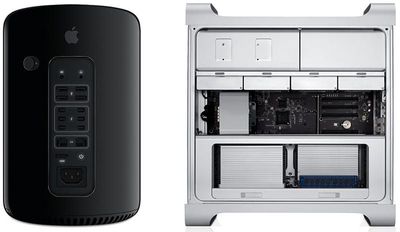
The brief mention came at the very end of Apple's press release about the iMac Pro becoming available to order:
In addition to the new iMac Pro, Apple is working on a completely redesigned, next-generation Mac Pro architected for pro customers who need the highest performance, high-throughput system in a modular, upgradeable design, as well as a new high-end pro display.
While this isn't new information, it does let us know that Apple remains committed to an all-new, powerful Mac Pro with an upgradeable design after first teasing the news to a group of reporters back in April.
We don't know what the new Mac Pro will look like, but given it will be a modular system, Apple could return to a tower design like the 2006 to 2012 Mac Pro with a case that could be opened with a lever on the back.
The promise that it will be a high-performance, high-throughput system suggests the modular Mac Pro could be even faster than the iMac Pro, which itself is easily the fastest Mac ever with workstation-class tech specs.
The maxed-out iMac Pro, for example, costs $13,199 and is equipped with an 18-core 2.3GHz Intel Xeon W-class processor, 4TB of SSD storage, 128GB of ECC RAM, and AMD Radeon Pro Vega 64 graphics with 16GB of HBM2 memory.
It's also good news for customers who were sad to see Apple discontinue its standalone Thunderbolt Display, which will be revived in the form of an all-new Apple-branded high-end display geared towards pro customers.
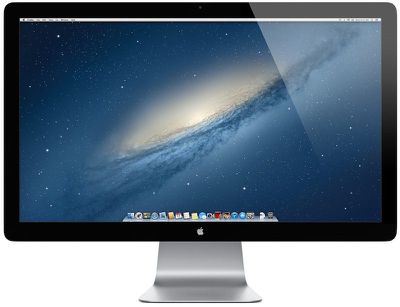
What we also don't know is when the new Mac Pro is coming. Apple only revealed that it wouldn't be ready this year. It could certainly be released at some point in 2018, or it could take a little bit longer—it's anyone's guess right now.
Apple hasn't updated the current Mac Pro in just shy of four years, beyond reshuffling some configurations and pricing back in April.
At the time, Apple's software engineering chief Craig Federighi admitted that the 2013 Mac Pro's so-called "trash can" design has a limited thermal capacity that doesn't always meet the needs of the most demanding workflows.
"I think we designed ourselves into a bit of a thermal corner, if you will," said Federighi, according to multiple reports.
It isn't often that Apple pre-announces new products in its pipeline, but there were growing concerns the company was no longer focused on professional users, evidently to the point that it felt the need to respond in a big way.
"We're committed to the Mac, we've got great talent on the Mac, both hardware and software, we've got great products planned for the future, and as far as our horizon line can see, the Mac is a core component of the things Apple delivers, including to our pro customers," said Apple's marketing chief Phil Schiller.


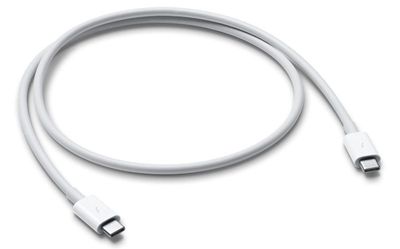
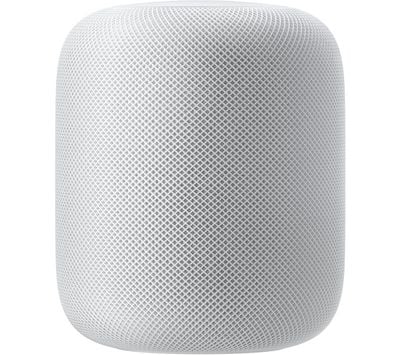
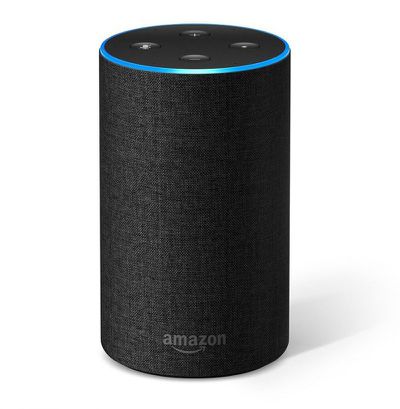
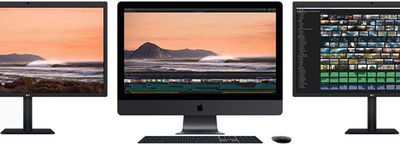
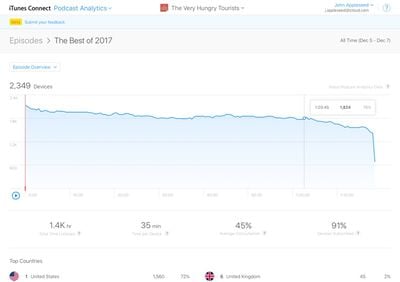
 Apple iTunes Chief Eddy Cue will attend the
Apple iTunes Chief Eddy Cue will attend the 
